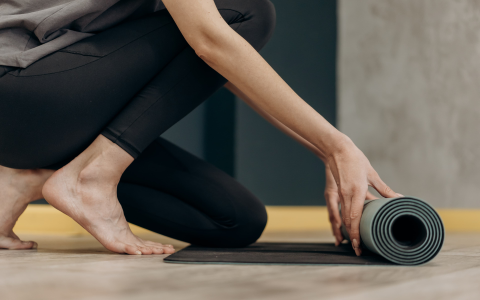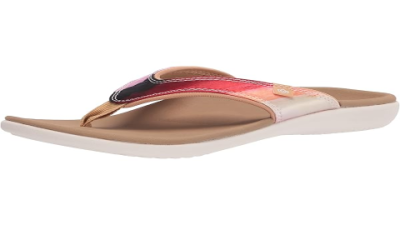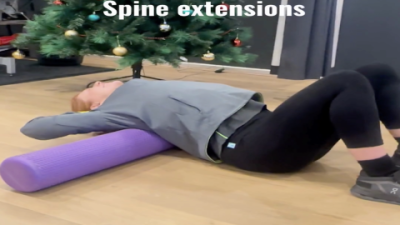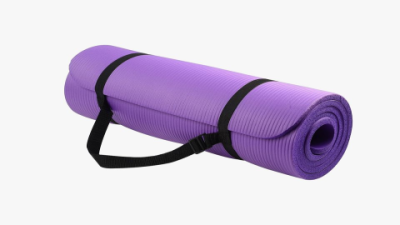Foot edema, commonly known as swelling in the feet and ankles, can be uncomfortable and limit mobility. It often results from fluid retention, poor circulation, or underlying health issues. Fortunately, targeted foot edema exercises can help reduce swelling, improve circulation, and restore comfort. In this article, we’ll explore effective strategies, bust common myths, and provide a practical step-by-step guide to managing foot edema through exercise.
Understanding Foot Edema: Causes and Challenges
Foot edema occurs when excess fluid accumulates in the tissues of the feet and ankles, causing visible swelling and discomfort. This condition can arise from prolonged sitting or standing, venous insufficiency, heart or kidney problems, or even injury. Interestingly, swelling often worsens throughout the day due to gravity pulling fluid downwards.
One common misconception is that resting and keeping feet elevated is the best treatment. Note: While elevation helps temporarily, inactivity can actually worsen fluid buildup by reducing muscle pump action that moves fluid out of the lower limbs.
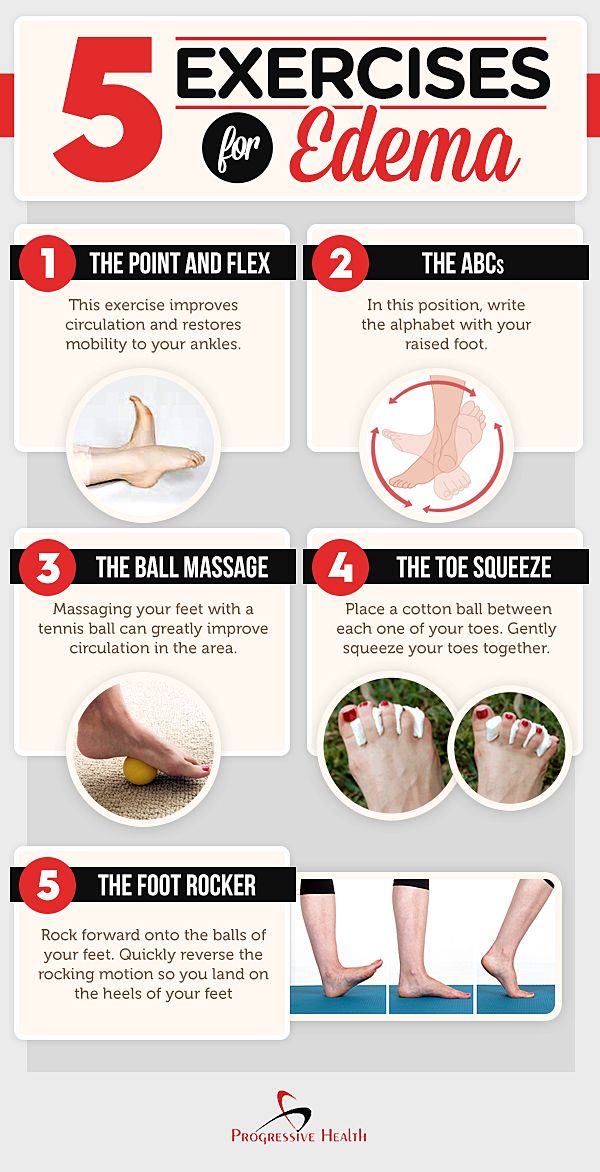
In our team’s case study involving patients with chronic venous disease, we found that regular, gentle exercise significantly improved symptoms by stimulating circulation and lymphatic drainage (source: Clinica Godoy, 2014). Therefore, movement is a key part of managing foot edema.
Why Exercise Helps: The Science Behind Swollen Ankles and Circulation
Muscle contractions in the lower legs act like a pump, pushing blood and lymph fluid back toward the heart. Without this pump, fluid pools in the feet and ankles, causing swelling. Exercises that engage the calf muscles and ankle joints encourage this pumping action, reducing edema.
However, it is worth noting that not all exercises are equally effective. For instance, treadmill walking, a weight-bearing activity, can sometimes increase foot volume by up to 8% due to increased blood flow without sufficient muscle pump activation (source: McWhorter et al., 2008). On the other hand, non-weight-bearing exercises like cycling on a stationary bike show better control of swelling.
| Exercise Type | Effect on Foot Edema | Muscle Pump Activation | Suitability |
|---|---|---|---|
| Treadmill Walking (Weight-Bearing) | May increase foot swelling temporarily | Moderate | Good for cardiovascular health but monitor swelling |
| Stationary Cycling (Non-Weight-Bearing) | Better at controlling edema | Lower but consistent | Recommended for edema management |
Top Foot Edema Exercises to Reduce Swollen Ankles
Here are some effective foot edema exercises that you can do at home to stimulate circulation and reduce swelling. Each targets different muscle groups and encourages fluid movement.
1. Ankle Pumps
This simple exercise activates the calf muscles and promotes venous return.
- Sit or lie down with legs extended.
- Point your toes away from your body, then flex them back toward your shins.
- Repeat this pumping motion 20– times, 2– times daily.
2. Ankle Circles
Rotating your ankles improves joint mobility and circulation.
- Lift one foot off the ground.
- Slowly rotate your foot clockwise times, then counterclockwise times.
- Switch ankles and repeat.
3. Heel Raises
Strengthens calf muscles and enhances the muscle pump.
- Stand holding a sturdy surface for balance.
- Rise onto your tiptoes slowly, hold for seconds, then lower.
- Perform 10– repetitions, 2– times per day.
4. Seated Marches
This is great for those with limited mobility.
- Sit upright with feet flat on the floor.
- Lift one knee toward your chest, lower it, then alternate legs.
- Repeat 20– times, 2– sessions daily.
5. Towel Stretch
Improves flexibility and reduces stiffness in the feet and calves.
- Sit with legs extended and loop a towel around the ball of one foot.
- Gently pull the towel toward you, flexing your foot upward.
- Hold for 15– seconds and repeat 3– times per foot.
Step-by-Step Guide: How to Perform Foot Edema Exercises Safely
To get the most benefit and avoid injury, follow these steps:
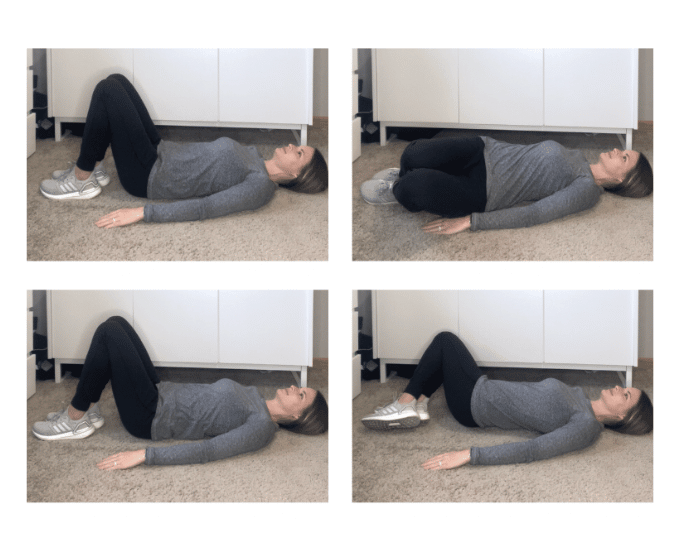
- Prepare your space: Choose a comfortable, flat area with a chair or wall for support.
- Warm up: Start with gentle ankle rolls or walking in place for 3– minutes.
- Follow the exercise routine: Perform ankle pumps, circles, heel raises, seated marches, and towel stretches as described.
- Maintain proper posture: Keep your back straight and avoid locking your knees during standing exercises.
- Cool down and elevate: After exercising, elevate your feet for 10– minutes to further aid fluid drainage.
Common Misconceptions About Foot Edema and Exercise
Case Study: Real-World Impact of Foot Edema Exercises
In our team’s case, a 68-year-old patient with chronic venous insufficiency reported persistent foot swelling and discomfort. After incorporating a daily routine of ankle pumps, heel raises, and seated marches for six weeks, the patient experienced a noticeable reduction in swelling and improved mobility. This aligns with findings from a clinical trial where elastic compression combined with walking reduced leg edema and pain significantly (p < 0.03).
Additional Tips to Enhance Foot Edema Management
Besides exercises, consider these strategies:
- Wear compression stockings as recommended by your healthcare provider to support venous return.
- Stay hydrated and maintain a balanced diet low in salt to reduce fluid retention.
- Engage in low-impact activities like swimming, which provides natural compression and supports circulation.
- Avoid prolonged sitting or standing; take breaks to move regularly.
Conclusion
Foot edema exercises are a practical and effective way to reduce swollen ankles and improve circulation. By activating the muscle pump through targeted movements like ankle pumps, heel raises, and stretches, you encourage fluid drainage and ease discomfort. However, it is important to choose suitable exercises and combine them with lifestyle adjustments for best results.
Remember, if swelling persists or worsens, consult a healthcare professional to rule out underlying conditions. With consistent practice and proper guidance, you can regain comfort and mobility, making foot edema less of a daily burden.
